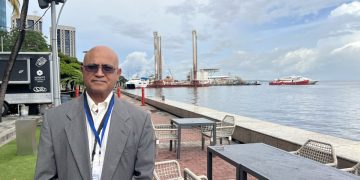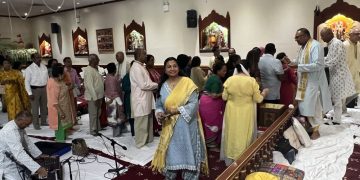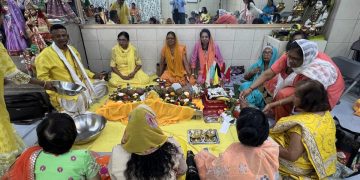Many Kurmis, a caste of people, were indentured (girmityas) to Guyana, Trinidad, Suriname, and elsewhere during the indentureship period 1834 to 1917. It is not known if Kurmis were also indentured or enslaved from 1828 onwards to Reunion (French) Island; most Reunion indentured laborers (girmityas) were from South India. People of many castes were indentured to European colonies. And caste has lost its significance everywhere in the diaspora among descendnats of girmityas.
Kurmis are a non-elite tiller caste (farmers) from Eastern Uttar Pradesh and Western Bihar. It was not an accident that they were recruited to work as indentured laborers (girmits) on plantations. They were/are known for their exceptional work ethic, superior tillage and manuring, Reports stated that they were liked by Mughal and British administrators. Kurmis dominate in several areas of Phulpur, Pratapgarh, Ambedkar Nagar, Mirzapur, Allahabad, Azamgarch, to name a few areas, but they are largely a marginalized caste of people. They are a very hard working people. Descendants of Kurmis, in the hundreds of thousands, have migrated from the places of their indentured ancestors (Caribbean and elsewhere) to North America, Europe, Australia, and New Zealand.
Several prominent politicians in India as well as from the Caribbean, Fiji, Mauritius, and elsewhere in the diaspora are from the Kurmi Caste. The Kurmi origin caste of people, though caste has largely disappeared in the diaspora, are playing very important roles where they are settled. They make significant contributions to their place of adoption.










































































